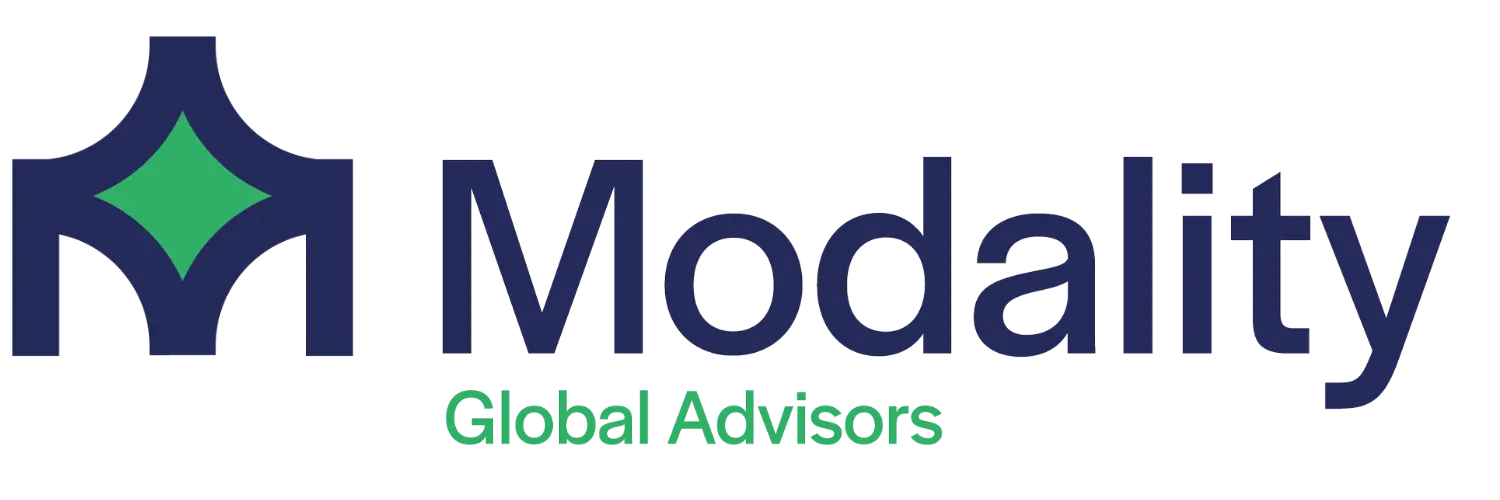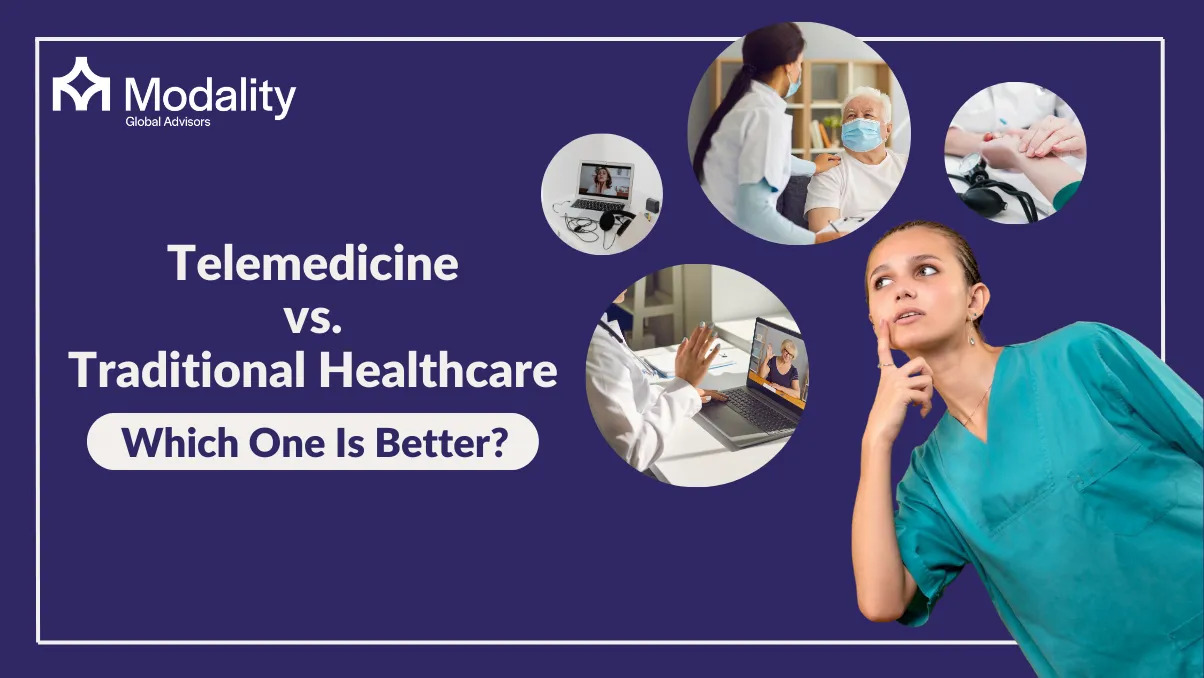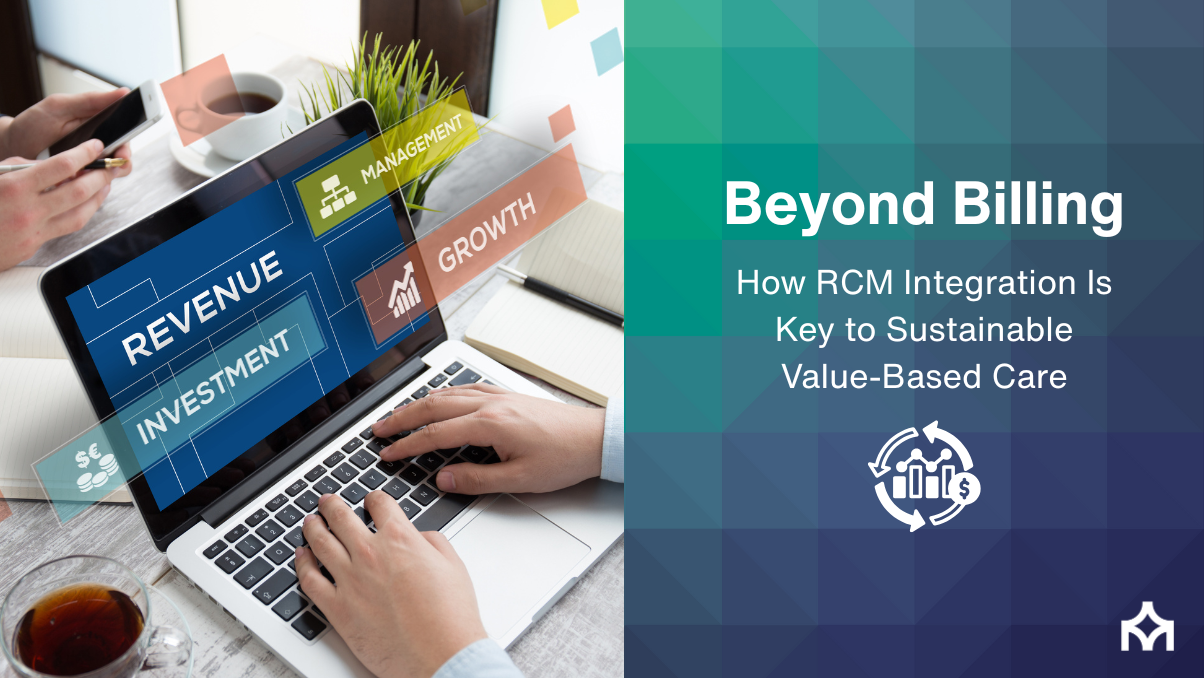Telemedicine vs.Traditional Healthcare: Which One Is Better?
Telemedicine vs. Traditional Care: Choosing the Right Mix for Better Outcomes
Technology, rising patient expectations, and efficiency pressures have propelled telemedicine into the mainstream. Still, traditional in-person care remains essential for hands-on exams, diagnostics, and procedures. The best choice depends on clinical need, access, and complexity—so the future is a hybrid model that blends both.
Scanning the Models
Traditional Healthcare: Face-to-face visits with physical exams, diagnostic testing, and direct interaction—critical for emergencies, procedures, and complex conditions.
Telemedicine: Remote care via video, phone, apps, remote monitoring, and AI-assisted triage—ideal for follow-ups, minor issues, and access barriers.
Telemedicine vs. Traditional Care: Key Differences
| Model | Telemedicine | Traditional Healthcare |
|---|---|---|
| Accessibility | 24/7 potential; strong for rural/remote | Requires travel; limited by location |
| Convenience | No travel; faster appointments | Waiting rooms; fixed schedules |
| Cost | Lower overhead; reduced travel costs | Facility fees; higher total visit costs |
| Patient–Doctor Interaction | Virtual; limited physical exam | In-person; best for hands-on diagnosis |
| Emergency Care | Not for life-threatening events | Essential for emergencies/surgeries |
| Chronic Disease Management | Excellent for follow-ups & RPM | Best for complex, multi-specialty care |
Pros of Telemedicine
- Convenience—care from home
- Lower costs and travel savings
- Expanded reach to remote areas
- Faster scheduling and shorter waits
- Great for routine follow-ups and coaching
Pros of Traditional Care
- Comprehensive physical exams, labs, imaging
- Critical for emergencies and procedures
- Hands-on assessment builds diagnostic confidence
- Strengthens therapeutic alliance and trust
So, Which One Is Better?
Neither model wins outright. The strongest systems use a hybrid approach: virtual where it’s safe and efficient, in-person where hands-on care is essential.
How Modality Global Advisors (MGA) Shapes the Hybrid Future
- Telehealth Readiness & Strategy: Assess infrastructure, clinical use-cases, and demand.
- Hybrid Pathway Design: Blend virtual and in-person steps in redesigned care flows.
- Technology Enablement: Select/integrate platforms for video visits, RPM, and e-triage.
- Training & Change Management: Upskill clinicians for confident digital care delivery.
- Compliance & Reimbursement: Navigate HIPAA, licensure, billing, and payer rules.
- Patient Engagement & UX: Build user-friendly digital front doors that drive trust and retention.






